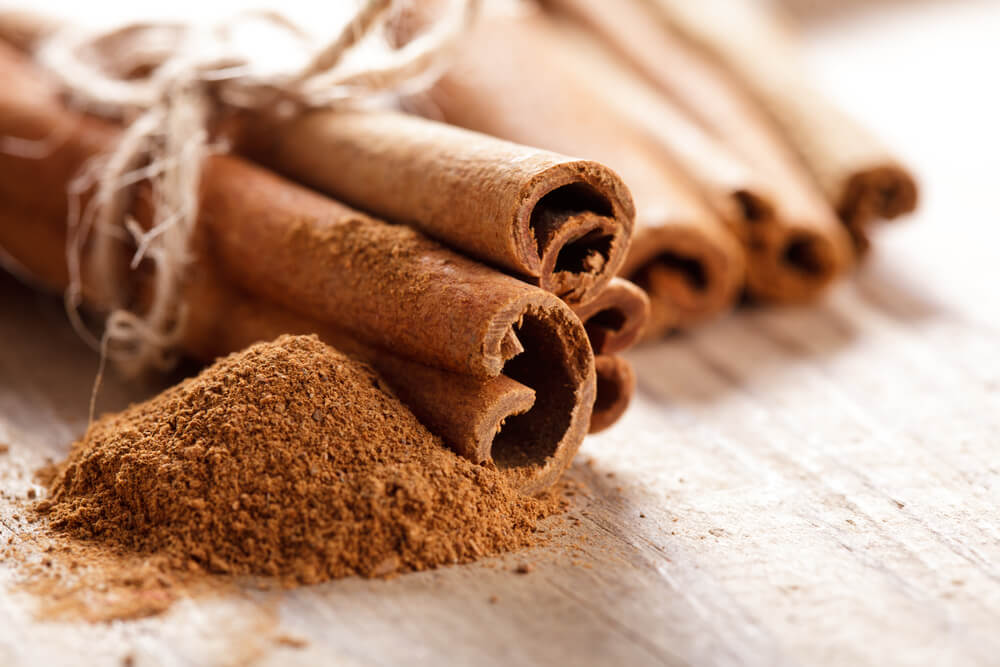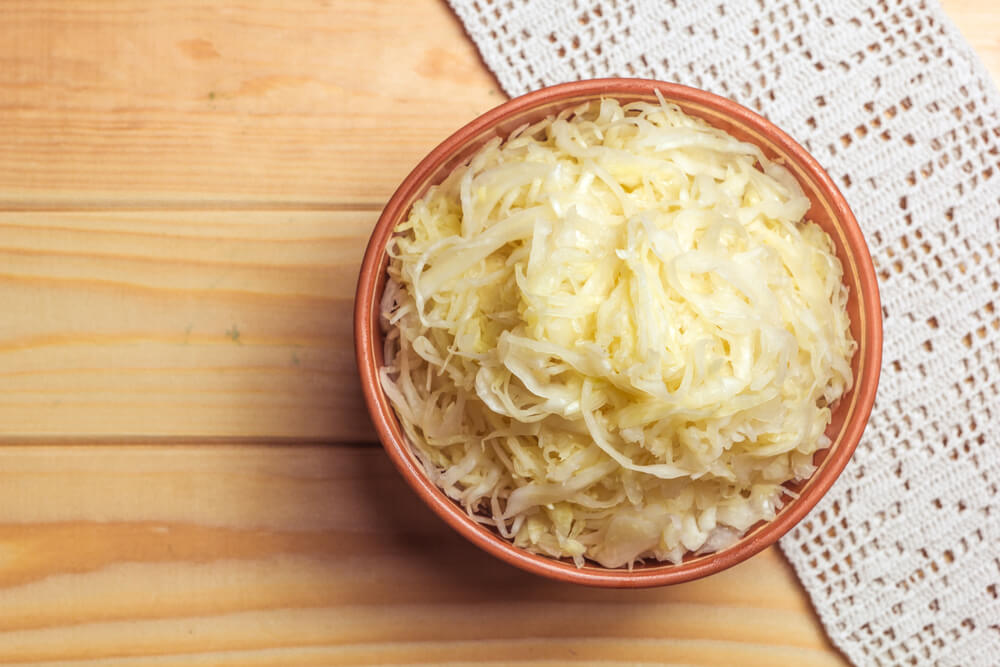Leaf Salad Guide: Which Greens Are Most Useful
'20.06.2017'
Source: How to Green
The healthiest habit is eating a green salad every day. Leafy greens are an excellent source of fiber and vitamins. In addition, many greens and antioxidants in the green. Of course, fresh green salads are a summer ration dish, but in the winter fresh salads should not be forgotten. Reports about it How to Green.
If you still have not decided which type of salad is more useful, then this review is for you.

1. Spinach
This kind of greenery is a true nutrient champion. Among the beneficial vitamins and minerals contained in it: potassium, calcium, magnesium, iron, vitamins A, C, B3, B12, folic acid, protein, beneficial flavonoids and antioxidants. Eating spinach strengthens the immune system, improves eyesight, gives radiant skin. In spinach, the total 7 calories per 1 cup. It has a very soft and unobtrusive taste, which makes it convenient to use for smoothies, salads, soups, side dishes and other dishes. An interesting fact: the content of nutrients in spinach, past heat treatment, is higher than in fresh. Inexpensive and convenient to use is frozen spinach. From fresh or thawed, you can cook a warm salad, smoothie, appetizer, soup or serve it as a separate dish.
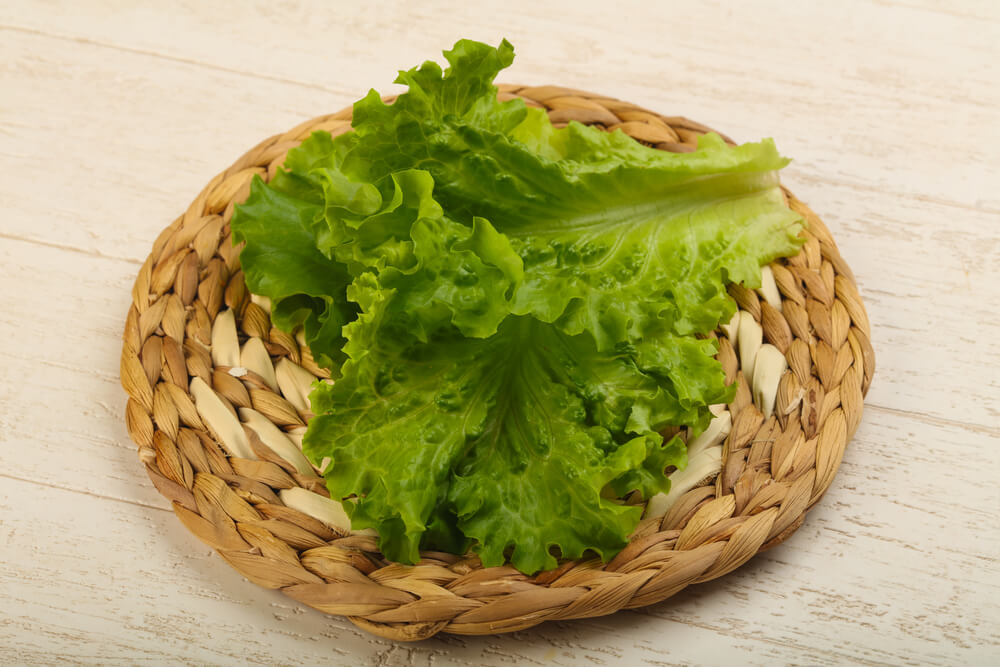
2. Sheet Salad
The second name for this most common type of salad is green lettuce. Two cups of this greens contain 100% of the daily intake of vitamin K, which is necessary for bone health. Nutrient lactutin has a calming effect on the nervous system, helps with insomnia. And due to its high iron content, leaf lettuce is effective for anemia. Among other nutrients contained in this type of greenery are vitamins A, C, B1, B2, P, E, folic acid, carotene, mineral salts. To let the green lettuce salad not sink and have an appetizing look, season it right before serving.
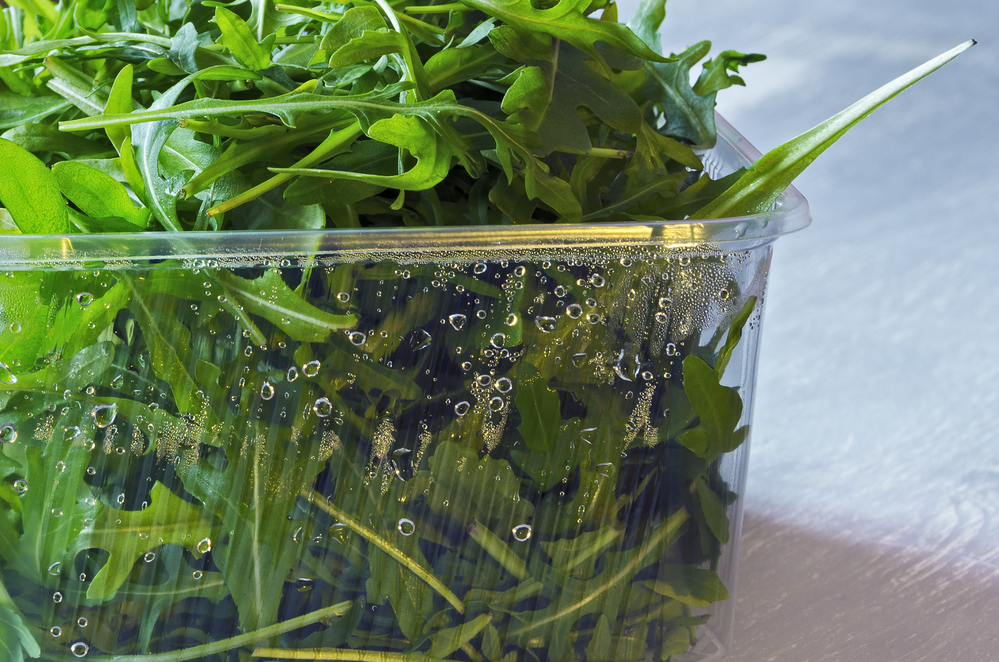
3. Arugula
Arugula, unlike many types of greens, has a pronounced bitter-pepper taste. It contains vitamins A, B, C, and K, as well as iodine, calcium, and the antioxidant chlorophyll, which helps fight cancer. Eating arugula activates the immune system, plus it is a natural aphrodisiac. In addition to salads, arugula is great for pizza, pasta, pleasantly emphasizes the taste of seafood and pesto. And arugula is added to savory freshly squeezed juices and smoothies made from vegetables. An interesting fact: this salad was actively eaten only from the middle of the twentieth century. Until that time, arugula was considered a weed and did not pay attention to it.

4. Roman salad, he - lettuce
With the nutritional value of all 4 calories per serving, the Roman salad contains an impressive array of nutrients. Among them are folic acid, vitamins of groups A, B, K, calcium, potassium, iron, magnesium, manganese, phosphorus and zinc. Thanks to them, Roman salad is effective in combating depression, stimulates the production of hormones, strengthens bone tissue, and is also good for men's health. Crispy roman lettuce is ideal for Caesar salad.
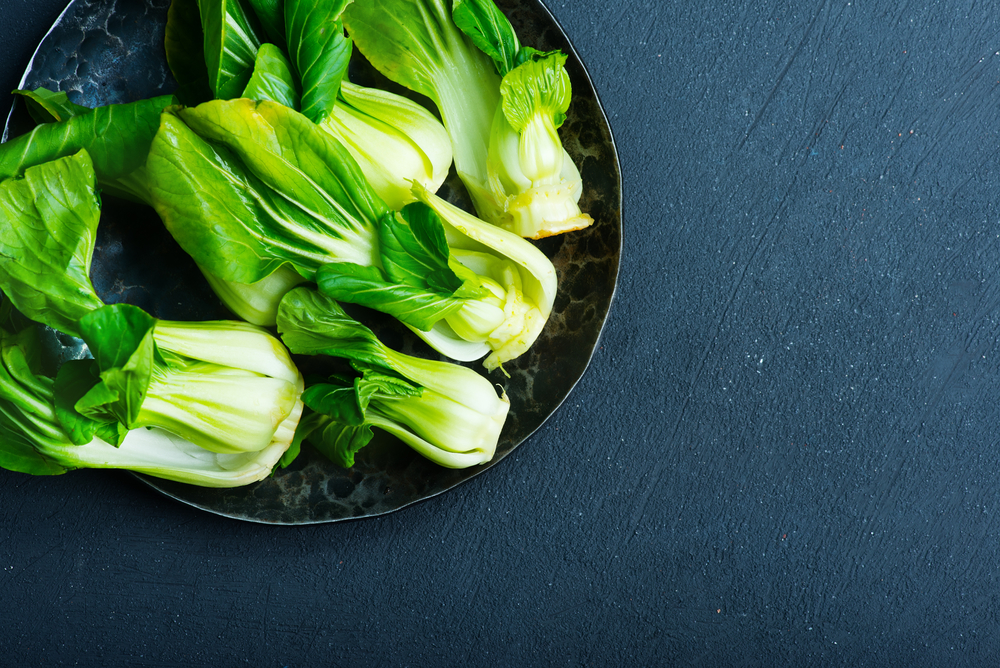
5. Chinese cabbage
Perhaps, one of the most affordable types of leafy greens - inexpensive and presented in almost every store - is Chinese cabbage. Sweet and crunchy, it is used in salads, sandwiches, Asian wok dishes and for making famous Korean kimchi. In one cup of cabbage only 13 calories. Its antioxidants, folic acid, vitamins A, C, K, B2, B5, B6, phosphorus, calcium and magnesium strengthen the immune system, healthy bones and hearts, provide good eyesight, and also ease the symptoms of PMS.
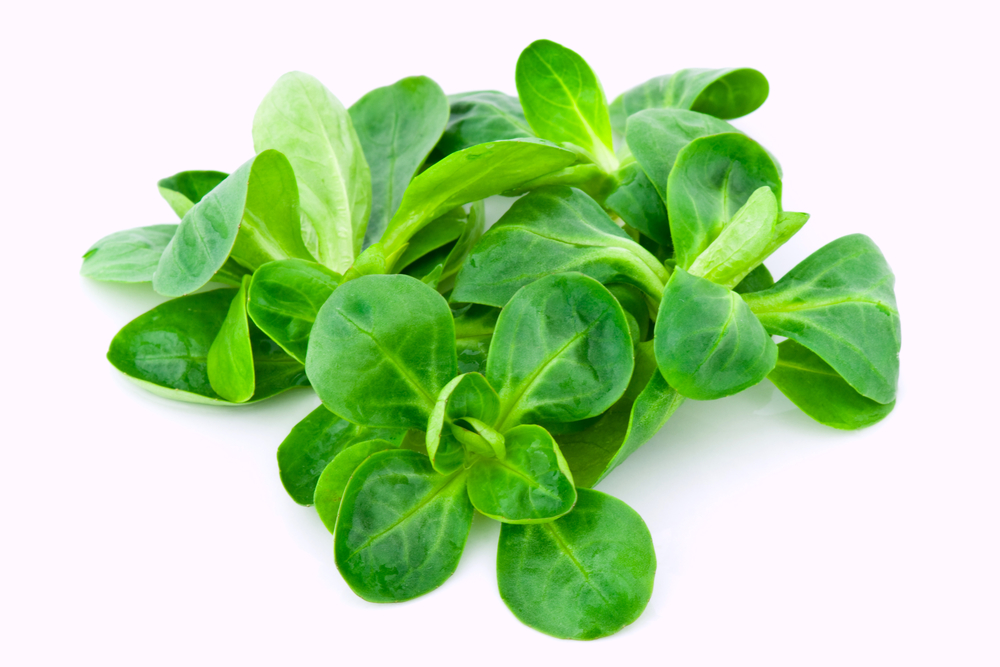
6. Corne
The root has a sweet nut-spicy taste and small dark green leaves. This type of greenery is very loved in France, it is used in salads and for tinting the taste of complex restaurant dishes. Thanks to vitamins A, E, flavonoids and iron, the root helps in improving the cardiovascular system. On the content of vitamin C, it is close to lemon. By the way, this nutrient not only helps to fight colds, but also contributes to the production of collagen in the body. A high content of vitamin A in the root has a positive effect on vision, and vitamin B 6 - on metabolism.
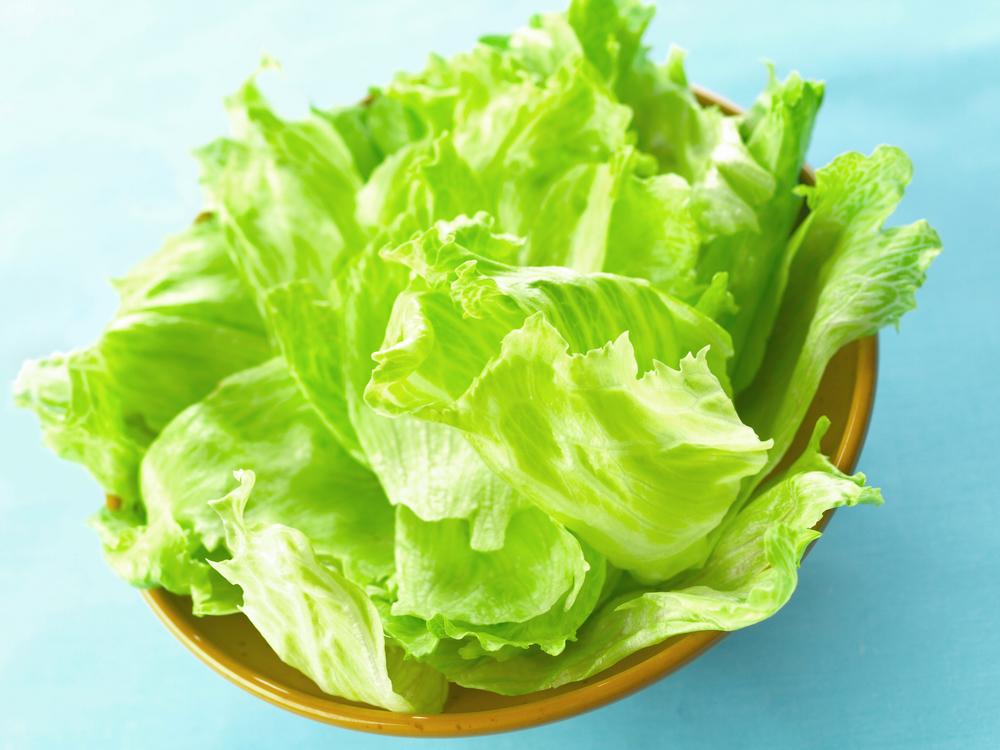
7. Iceberg
Iceberg, like Roman salad, is another type of lettuce. However, it has less taste, but it also has its own advantage - a head of lettuce can be easily stored in the refrigerator for up to two weeks. The main nutrients of the iceberg are vitamins K and A. In two cups of salad, about 30% of the daily value of these elements. Vitamin K promotes blood clotting, and vitamin A is essential for healthy skin and vision. And the cores of the iceberg can be grilled - just cut them lengthwise in half, coat with olive oil and cook until slightly golden brown.
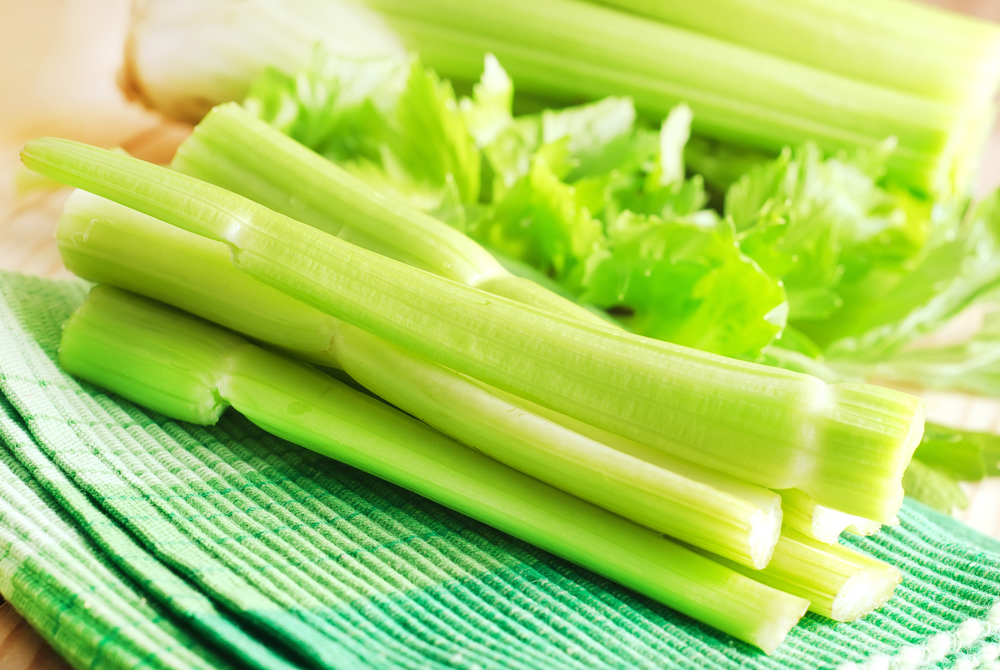
8. Celery greens
Celery leaves contain 5 times more useful nutrients than stems. Among them, calcium, magnesium, iodine, vitamin C, E, useful antioxidants and other important trace elements. Therefore, no longer send celery leaves in the trash, and begin to add them to the salad, smoothies and fresh juices. The use of celery has a very positive effect on the health of bones, joints, ligaments and tendons - which is especially important for those who actively train.
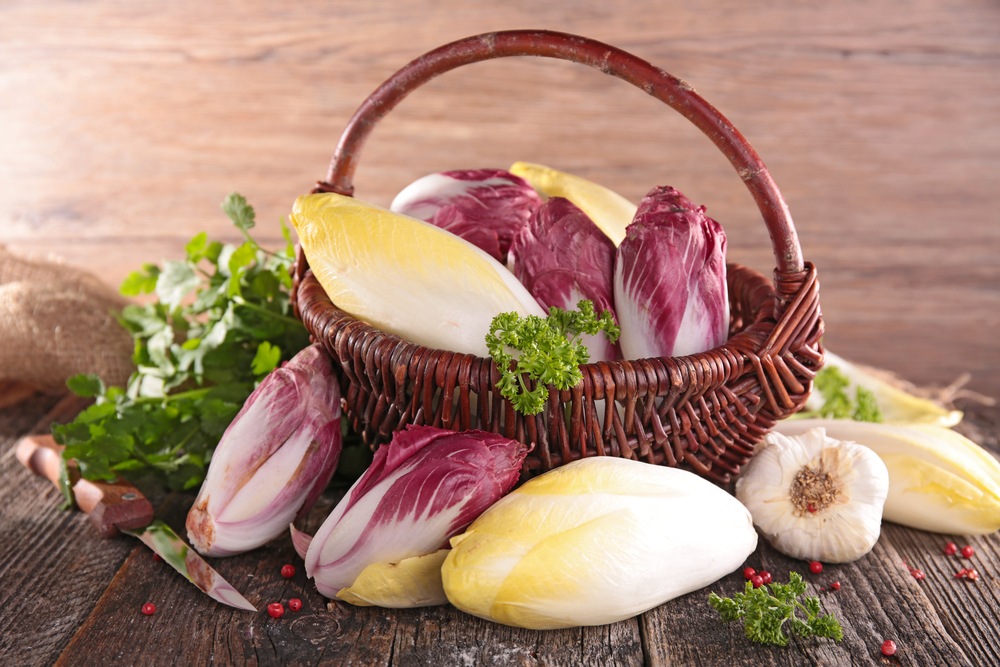
9. Chicory Salad
Chicory leaves have a bright bitter taste. It is added to salads, stewed with other vegetables and baked whole. Chicory contains dozens of nutrients. Among them are vitamins A, B1, B3, B6, C, E, K, folic acid, calcium, potassium, iron, zinc, manganese, phosphorus, and many others. Among the most outstanding properties of chicory are increased sensitivity to insulin, liver and gallbladder detox, prevention of bacterial infections, strengthening of the immune system, reduction of arthritis pain, and many others. And also chicory leaves are a natural sedative.
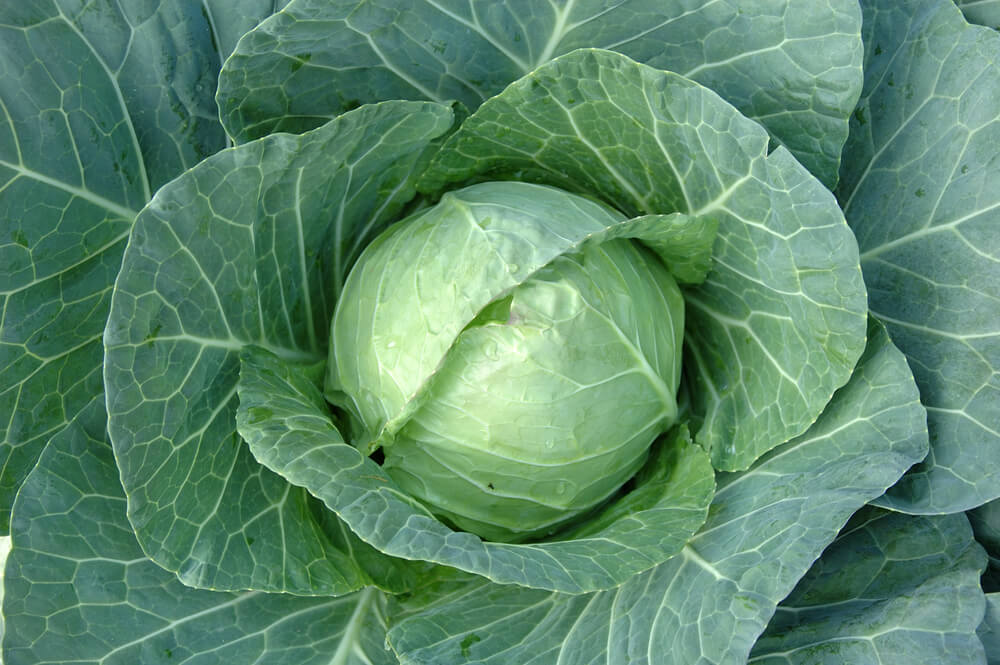
10. White cabbage
And finally, the most common white cabbage. Due to the high content of sulfur and vitamin C, this type of leafy greens has an incredible power in improving the body and preventing many serious diseases. Regular consumption of white cabbage provides a natural detox, prevents constipation, reduces inflammation, helps in the treatment of peptic ulcer, gout, heart disease and many other ailments. You can cook with it an incredibly varied number of dishes.
If you are not a fan of salads, then there are many other ways to get your daily rate of leafy greens. You can make fresh juices or smoothies. You can add to soups, stews and hummus. You can make mashed potatoes or sauce.
The most important thing is to use in any form, every day, 12 months in a year.



